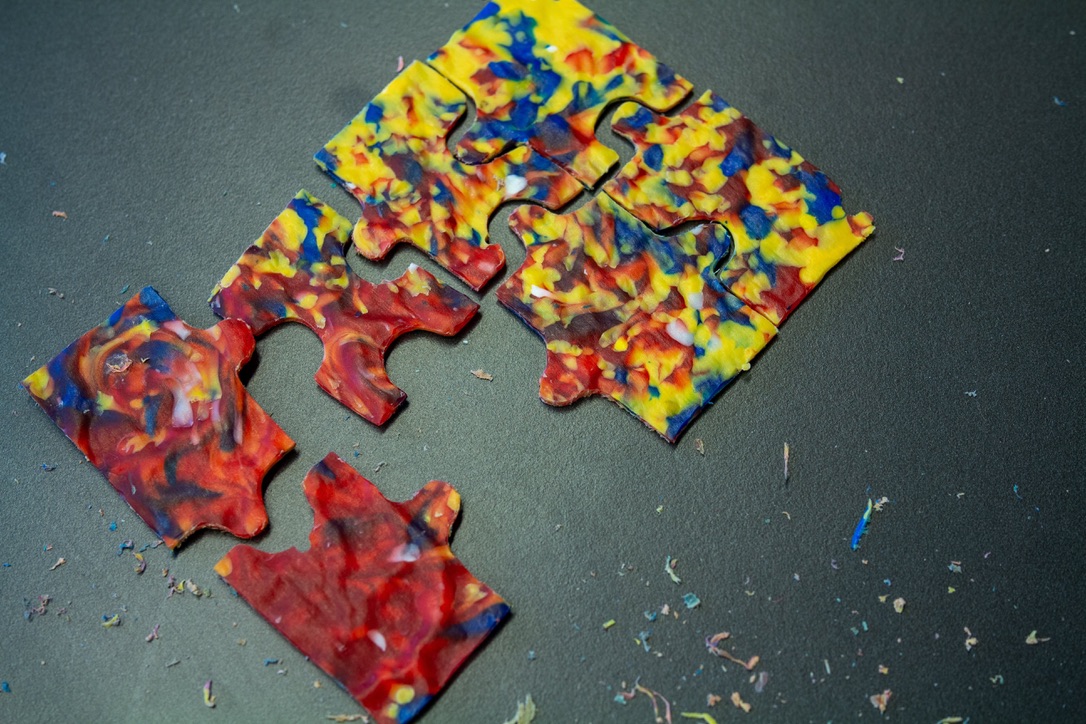An online psycholinguistic study using reaction time
Last year, I wrote my thesis during the pandemic. With the struggles our university had transitioning to online teaching, I selected a guided topic, although my initial dream was to start writing about my proposed plan for automated plastic recycling. You can read more about that here:
I chose a project that wanted to examine the possibilities of a novel smart hearing protection device specifically designed for auditory hypersensitivity, which is often, but not always, and not exclusively a phenomenon visible in people with an autism spectrum disorder.
A common reaction to this elevated sensitivity is stress and avoidance behavior, often leading to very awkward social situations and impairing the ability to take part in social situations.
Schools are one such social situation and we all know the stress a noisy classroom can produce. Concentration is gone, and education, as well as essential skills like language reproduction, suffer.
There is lots of prior research on these fields, and there is some evidence that sensory information in people on the Autism spectrum is processed differently than in a neurotypical brain. It seems that a certain adaptability, needed to overcome noise issues and bridge asynchrony between auditory and visual sensory input, is reduced in some people on the Autism Spectrum.
In essence, my experiment was responsible for looking at neurotypical people and measuring any effect on language perception produced by varying the delay between auditory and visual input, as well as the loudness.
Here, I had the possibility to conduct an entire reaction-time-based experiment with over 70 participants and went through all the struggles that come with proper science. I did extensive literature research, coded the experiment, and learned a lot about the reasons nobody really ever does reaction time-based studies like this via a common internet browser. It was an almost 9 months long learning experience full of doing things I had never done before.
I learned and got to love writing in Latex, had to learn JavaScript for the efficient serving of the stimuli, and R for the statistical analysis. I also got to brush up on my data visualization skills in Python and made some pretty graphs of the results.
The experiment is still working and online if you want to have a look at it. Be mindful though that measuring reaction speed every millisecond is important, which is why it makes heavy use of your browser cache and has been known to crash and defeat some not-so-tough computers.
Try out the experiment yourself
Even with writing alone I had extensive helpful feedback from my supervisors and learned a lot about scientific processes and associated considerations.
There was always the next unsolvable problem. Just one example was scientificity and ethical considerations clashing, data privacy against the accuracy of results. Since the machines participants participated on, were private devices, I was unable to know important data like their internet speed and provider, their type of GPU, and their type of external hardware. Turns out, for an auditory experiment, the type and setup of the speakers do play an important role and influence response speed.
The final version of my thesis has something around 80 pages, much of it utterly boring, but nevertheless important statistical analyses. If you really want to, you can have a look at the whole thing here:
I am a fan and proponent of open source and open science practices. So here you can also find the rest of the project with the original source code. I am not yet where I want to be with my documentation practices, and it scares me a bit that anyone can now have a full grasp of all the mistakes I did, but I am throwing this out there as a practice step. I learned and gained a lot from looking at other people’s projects and I strive to be open about my processes too.
The original video stimuli are not mine and I have no right releasing them, so they are omitted here.




